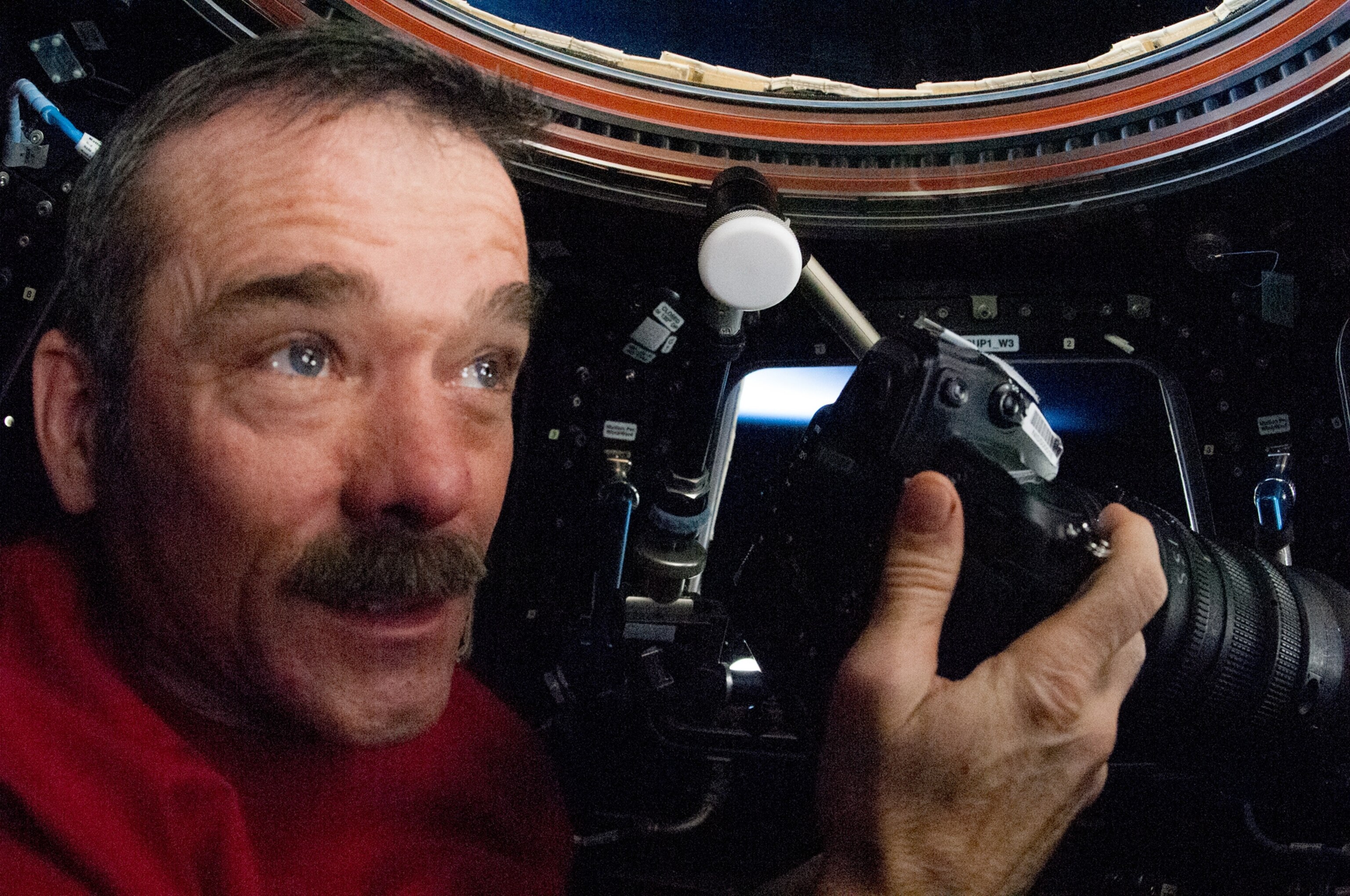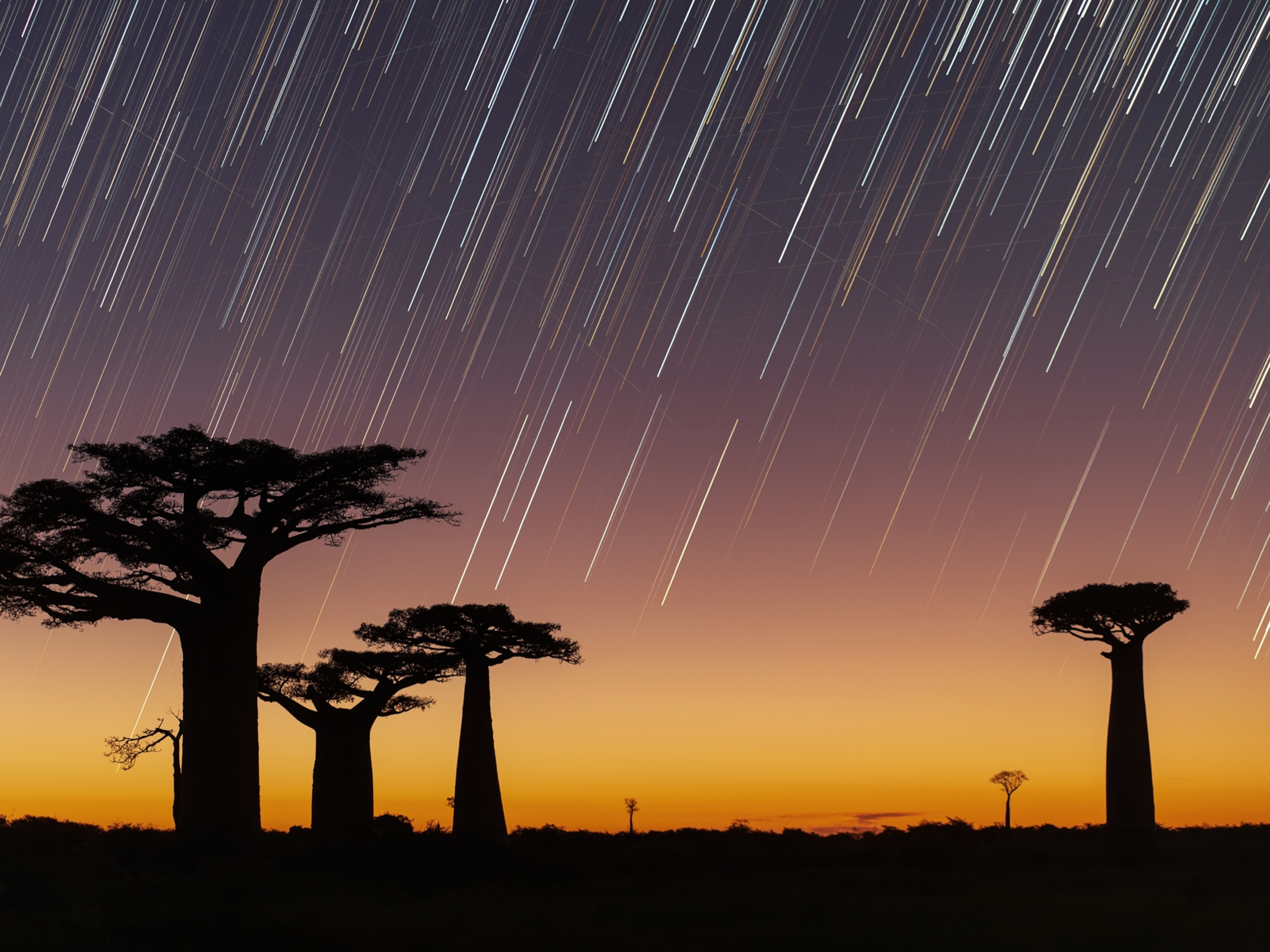
The Astronauts You Should Start Following on Twitter
As astronauts travel to the stars, they’re sharing their experiences via Facebook and Twitter.
When astronaut Chris Hadfield (@Cmdr_Hadfield) returned to Earth from the International Space Station on Monday, he brought home something unique: more than 800,000 Twitter followers. Over the past five months, the Canadian commander has spent much of his free time tweeting pictures from space, interacting with his fans, and capturing video—of himself, his crewmates, and anything floating by in zero gravity.
Though Hadfield is probably the most famous astronaut on Twitter, he isn't the only one experimenting on social media. In fact, many astronauts—including those slated for upcoming missions—are actively engaging with people on sites like Facebook, Google Plus, and Twitter. So who's worth following from down here on Earth?
Space fans might want to start with NASA Mission Specialist Karen Nyberg, who's the next astronaut slated to go into space on May 28 aboard the Russian Soyuz. It'll be Nyberg's second mission to the International Space Station and her first as a Twitter user. She tweets under the handle @AstroKarenN, but where she really shines online is on the social media site Pinterest, where she curates boards entitled "Simple Joys on Earth," "Prep for Spaceflight," and "Hair and Space."
Then there's NASA astronaut Mike Massimino (@Astro_Mike) who holds the distinction of being the first person to tweet in space. At the time—back in 2009—Massimino couldn't actually send a tweet from space itself. Instead, his tweet about sunrises and sunsets in orbit was sent to his ground crew, who then posted it to Twitter. Fellow astronaut TJ Creamer's emoticon-filled tweet, sent from the International Space Station after it acquired Internet access, was actually the first tweet sent from space itself.
Want to know what astronauts are up to during key points of their mission? Follow Jeremy Hansen (@Astro_Jeremy), a Canadian Space Agency astronaut and prolific tweeter. He live-tweeted the return of Chris Hadfield's Soyuz mission with insider details and frequently shares what it's like to be an astronaut training back here on Earth. (Sometimes it involves eating astronaut-shaped cookies.)
If you're bilingual, several astronauts from NASA, the Japanese Space Agency (JAXA), and the European Space Agency (ESA) tweet in two languages. Joe Acaba (@AstroAcaba), the first Puerto Rican astronaut to travel into space, often answers questions on the @NASA_ES account. In addition, Soichi Noguchi (@Astro_Soichi) and Aki Hoshide (@Aki_Hoshide) tweet in English and Japanese, Paolo Nespoli (@Astro_Paolo) and Luca Parmitano (@Astro_Luca) handle English and Italian, and Andre Kuipers (@astro_andre) tweets in English and Dutch.
Also worth following: NASA Press Secretary Lauren Worley, who tweets under the handle @spacelauren, and Bobak Ferdowski (@tweetsoutloud), the flight director on the Mars Science Laboratory Curiosity Mission who made headlines in August 2012 when his Mohawk hairstyle was prominently featured on NASA TV during the Curiosity rover landing. Both frequently tweet about working at NASA, as well as other space-related topics.





